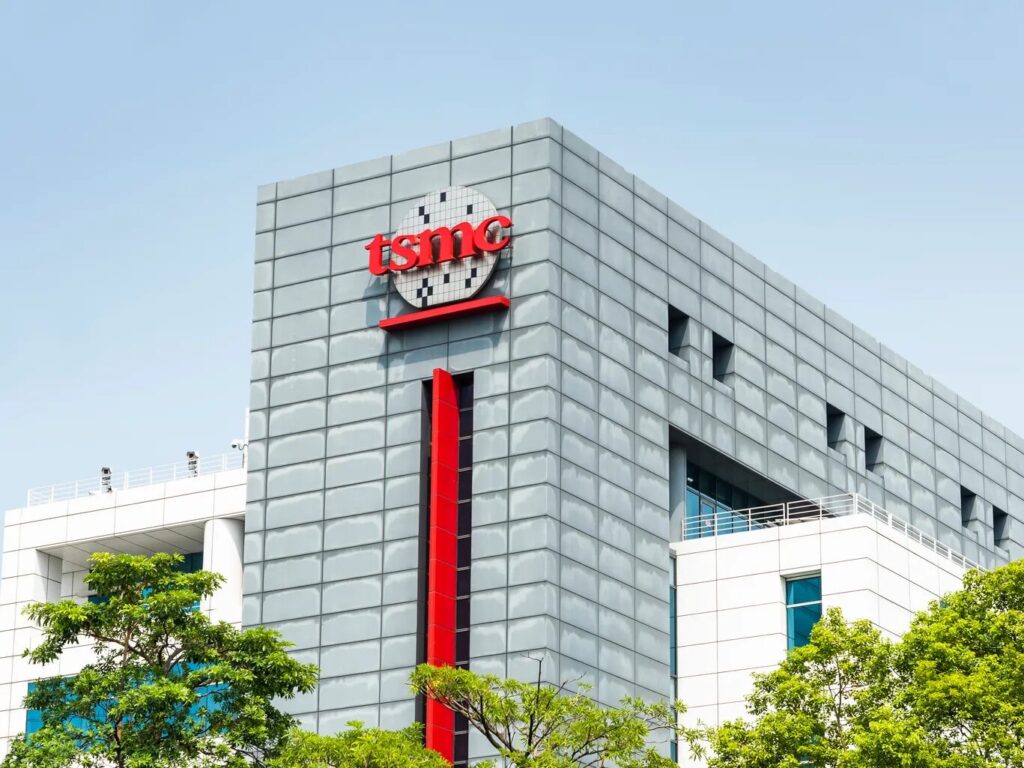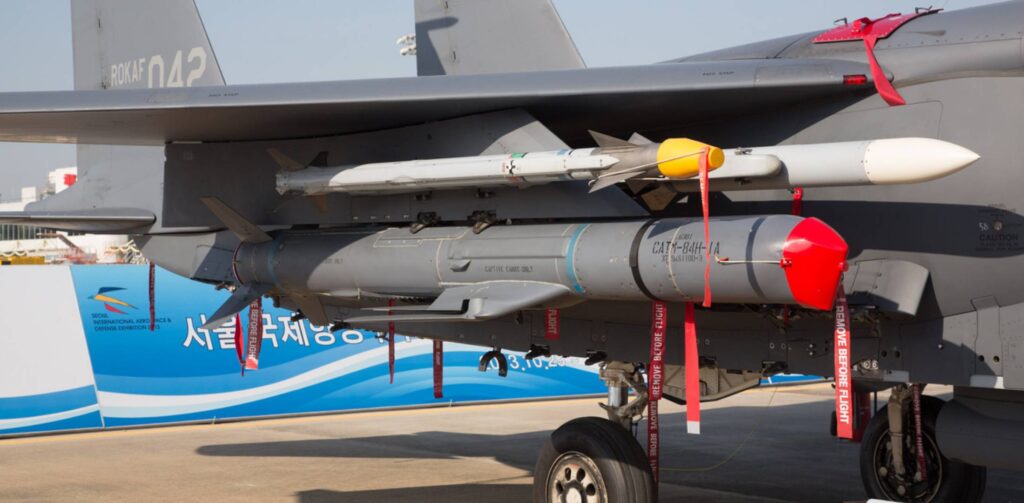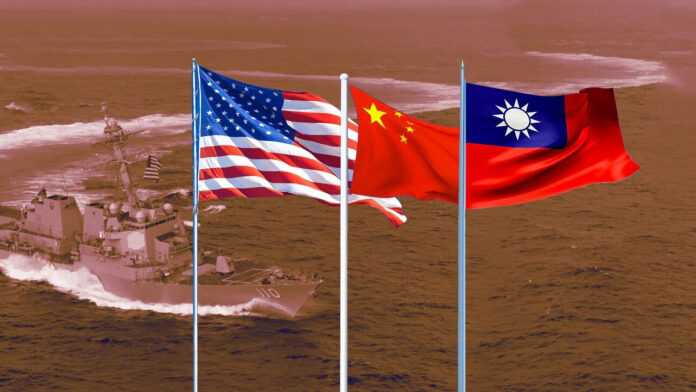“Let China sleep; when she wakes, she will shake the world”. Napoleon 1817
In the last two decades, United States and China have emerged as competitors for political and economic influence especially in the Indo-Pacific region. This has invariably influenced the military posture of both countries to secure economic gains. Most strategists are of the view that Taiwan will be the most likely cause of military conflict between China and United States.
China
“Strategic confrontation with the US had entered a period in which containment and counter containment will be the main theme of bilateral ties in the long run.” Chinese Defense Minister Wei Fenghe
Chinese leadership is of the view that it is right time that United States accept China’s dominant role in the region. China has overcome the ‘century of humiliation’ and views itself as a leader of a new order that will compete with the post World War order established by the West under the leadership of the United States. Chinese strategic community has concluded that United States is in decline in view of the events of the last two decades wasting blood and treasure in the killing fields of Afghanistan and Iraq, earning general hostility from a large swath of the globe and economic meltdown of 2008. This allowed China to gradually enhance its role building relations with its near neighbors using economic clout and then expanding its influence globally.
Under the leadership of President Xi Jinping, the Chinese Communist Party (CCP) took a fresh look at the collapse of the Soviet Union and learned their own lessons. The party is to be the foundation of stability headed by a strong leader. This meant reversal of many safeguards put in place in 1980s to prevent rise of a single leader like Mao. All economic, internal security and military apparatus has been brought under the control of the party under Xi. CCP has identified ‘five poisons’ that can infect the body politic and cause internal disruption. The list includes democracy, Taiwanese independence movement, Uyghur separatism, Tibetan activism and followers of the Falun Gong spiritual movement. It systematically tackled each threat to eliminate the risks. Only after domestic pacification and economic measures, Xi embarked on assertiveness in the foreign policy arena.
China’s modus operandi is to gradually increase economic, and military levers to force retreat of the United States from the Indo-Pacific region without resorting to the use of force. This assertiveness rattled the neighborhood and in addition to traditional American allies, others are also now looking at United States to balance the rising power of China. They do not want to get entangled in the new Cold War between two powers but want to secure their own independence of action while securing economic gains. This requires a delicate balancing act and avoiding fixed position on any given economic, political, or military question.
Australia, Japan, and India were not enthusiastic to join the U.S. confrontational position against China. However, increasing assertiveness of China and punitive measures to dissuade them from joining the U.S. alliance had the opposite effect. They now viewed China as a bullying power that was determined to dominate the region and demanding subservience from its neighbors. Japan has been increasing its defense spending for over a decade. In 2021, Japan declared that a Chinese attack on Taiwan will constitute a threat to survival of Japan. In the last several years, United States and Japan have increased defense cooperation. In 2016, US deployed Terminal High Altitude Area Defense (THAAD) in South Korea to counter North Korean missile threat but it also had impact on any threat coming from China. Vietnam is acquiring mobile shore based anti-ship missiles, advanced Surface to Air Missiles (SAMs) and submarines. It also increased cooperation with U.S. and hosted U.S. ships. Singapore is hosting American surveillance planes and littoral combat ships. Indonesia is strengthening its defense capabilities and Philippines under its new president is revitalizing defense relations with the U.S. and planning to acquire Brahmos cruise missiles from India. In the next few months, we will see if President Xi builds bridges with the neighbors to lessen their fears or escalate after securing an unprecedented third term in the office.
United States
“Our relationship with China will be competitive when it should be collaboration when it can be, and adversarial when it must be”. U.S. Secretary of State, Anthony Blinken
In 2011, Washington announced its ‘Pivot to Asia’ plan. The three main pillars of the strategy including shifting of most U.S. air force, naval and marine assets to the Pacific theatre, strengthening military alliances with Japan, South Korea, Australia, Singapore, Vietnam and India and a regional free trade agreement under Trans-Pacific Partnership (TPP) were all aimed at containment of China in military and economic spheres. By 2017, three key strategic documents including National Security Strategy, National Defense Strategy and a report by US Trade Representative all labelled China as a ‘rival’ that is working to displace US from its current position. In 2019, China was number one on the list of top ten objectives of the Department of Defense (DoD) and a China Strategy Management Group was created at Pentagon.
Initially the US hoped that economic integration of China in the global capital system will ultimately lead to political liberalization in China. This proved to be another ‘China Mirage’ reminiscent of the policy under President Theodore Roosevelt where China was imagined what it ought to be rather than looking at the facts on the ground. China has lost almost all friends inside the US; strategic community, business and academia are turning anti-China and there is now bipartisan support for confronting China. The US position will likely harden in the coming years and we will need more saner voices in the room.

Taiwan
“Only strength can cooperate. Weakness can only beg”. Dwight Eisenhower.
Taiwan is a small island with population of 24 million is barely 100 miles away from mainland China. It is not recognized by almost all the world countries and considered as part of China. It has no political, military, diplomatic or economic clout. However, the younger generation now has a distinct Taiwanese identity and there is no evidence that majority of Taiwanese want to be absorbed in China. Crackdowns in Hong Kong has shattered the concept of ‘one country, two systems’ that China wants to project to Taiwan for a peaceful absorption. Taiwan understands its vulnerability to China and wants continuation of status quo.
In the last two years, China has increased its military activity around Taiwan to test the defense capabilities of the tiny island. Chinese fighter jets repeatedly breach Taiwan’s air defense identification zone to test response time. Taiwan must scramble its small air force in response to these incursions putting strain on the pilots and aircrafts. Naval ships routinely cross the median line of the Taiwan Strait. In most recent military exercises, naval and air assets circumvented Taiwan simulating a naval and air blockage. These activities in the context of statement by President Xi that ‘task of Taiwan unification with China cannot be handed over to the next generation’ and recent invasion of Ukraine by Russia are a daily reminder to Taiwanese about their vulnerability.
Taiwan’s only hope for maintenance of status quo is to have the US in its corner. Taiwan acquired some advanced platforms like F-16 fighter jets, attack helicopters. and has planned for acquisition of M1 Abram tanks. However, recent advances of Chinese navy, air force and missile forces and lessons from Ukraine experience has brought the question of asymmetric response to a powerful aggressor on the forefront. The ‘porcupine strategy’ to make Chinese invasion of Taiwan a painful and long drawn conflict rather than a swift victory has opened discussion about Taiwan defense posture.
Taiwan has increased its defense expenditure. It has indigenously developed surface to surface and anti-ship missiles, mine laying capability and Unmanned Aerial Vehicles (UAVs). In 2019, Washington sold $15 billion worth of weapons to Taiwan, but the pandemic caused a major backlog. Focus is on early warning systems like advanced surveillance radars and drones and asymmetric weapon systems like coastal defense and anti-ship mines, Patriot missile system, Paladin howitzers, High Mobility Artillery Rocket System (HIMARS), torpedoes, surface launched Harpoon and air launched Standoff Land Attack Missile – Extended Response (SLAM-ER) missiles, Stinger man portable, anti-aircraft missiles and TOW and Javelin anti-armor rockets.
Taiwan has a little known but a more powerful non-military instrument that guarantees that interests of both US and China ensure a commitment to status quo rather than risking a military conflict. It is Taiwan’s monopoly on Advanced Semi-Conductor (ASC) industry that is now essential component of every technological and military system. Taiwan Semiconductor manufacturing Corporation (TSMC) is supplier of more than ninety percent of global advanced semiconductors (< 10 nm) and largest supplier to both China and US. Any disruption in this supply can have serious economic consequences not only for both countries but a global impact. Taiwanese call it their ‘silicon shield’.

Conclusion
Both China and US want to show their assertiveness but don’t want any military conflict. However, measures that both sides may think as not provocative and cause for conflict can create circumstances where an accident or misstep can start a conflict that neither side wants. In case of conflict, both China and US would like to limit the conflict to Taiwan. However, if history has any lesson about war, it is that war plans don’t survive the first shot and events take a course of their own with unpredictable and usually devastating consequences.
Calculations and perceptions of the strategic communities and leadership of both countries will determine whether status quo will remain, or we will see a military conflict in Taiwan Strait in the next decade. China may conclude that its window of opportunity is in the next 3-5 years where US has not yet fully developed defensive and offensive capability in the South China Sea, solidified alliances in the neighborhood and Taiwan has not fully incorporated its asymmetric advantages in the overall defense. US may take a different lesson from the Ukraine conflict on how to entangle a rival without direct involvement in the conflict. It may conclude that a limited conflict using Taiwan as bait will test China’s political will and military capacity without serious damage to US interests. It can also be used to diplomatically isolate China and degrade its military in a protracted conflict.
The human endeavor will be the determination of Taiwanese to preserve their independence and resist forceful absorption into China. US and China are fully aware about their dependence on Taiwan for ASCs and both countries are investing heavily for indigenous manufacturing of ASCs. In 2020, China spent $20 billion on this initiative and is planning to spend $150 billion for high tech independence. In the US, CHIPS Act authorized $52 billion for ASC industry. Intel will spend $20 to build a facility in Ohio, Samsung $17 billion in Texas and TSMC $12 billion for a facility in Arizona. Once, both China and US become independent in ASC manufacturing then Taiwan’s ‘Silicon Shield’ will not be as effective. TSMC is also aware of it, and they are planning to invest $100 billion in the next three years to specialize in < 5 nm ASCs to stay ahead in the game. This is not only for economic advantage but also to enhance its defensive ‘Silicon Shield’.
A military conflict in Taiwan straits will not be localized and will cause enormous damage to the world economy. The real lesson of Ukraine crisis is economic damage to the European economy causing severe strain on the societies. Economic hardship is causing political instability with clear and present danger of internal upheaval.
At the beginning of the twentieth century, Kaiser Wilhelm II, King of Prussia, Czar Nicholas of Russia, Habsburg of Austro-Hungary and Ottoman Sultan entered in a conflict to strengthen their positions and enhance their empires. Four years later, when the first industrial scale slaughter of mankind ended, all four had lost their empires. If a problem is viewed through the military lens, there is either victory or defeat. Win-win scenario is not in military lexicon. One must use a different medium to manage competition among powerful countries. The test of leadership is to lead one’s people to a better future and not to let mistrust, fear, hatred, and insatiable thirst for dominance lead them on the path of death and destruction.
“If you look at great human civilizations, from the Roman Empire to the Soviet Union, you will see that most do not fail simply due to external threats but because of internal weakness, corruption, or a failure to manifest the values and ideals they espouse”. Cory Booker
Acknowledgements: Author thanks many with in depth knowledge about the subject.
Selected Readings:
Hal Brands & Michael Beckley. Danger Zone: The Coming Conflict with China (New York: W. W. Norton), 2022
Kevin Rudd. The Avoidable War: The Dangers of a Catastrophic Conflict between the US and Xi Jinping’s China (New York: Public Affairs), 2022
Graham Allison. Destined For War (New York: Houghton Mifflin Harcourt), 2017
James Bradley. The China Mirage (New York: Little Brown & Co.), 2015
James Steinberg & Michael E. O’Hanlon. Strategic Reassurance and Resolve: U.S.-China Relations in the Twenty-First Century (Princeton: Princeton University Press), 2014




